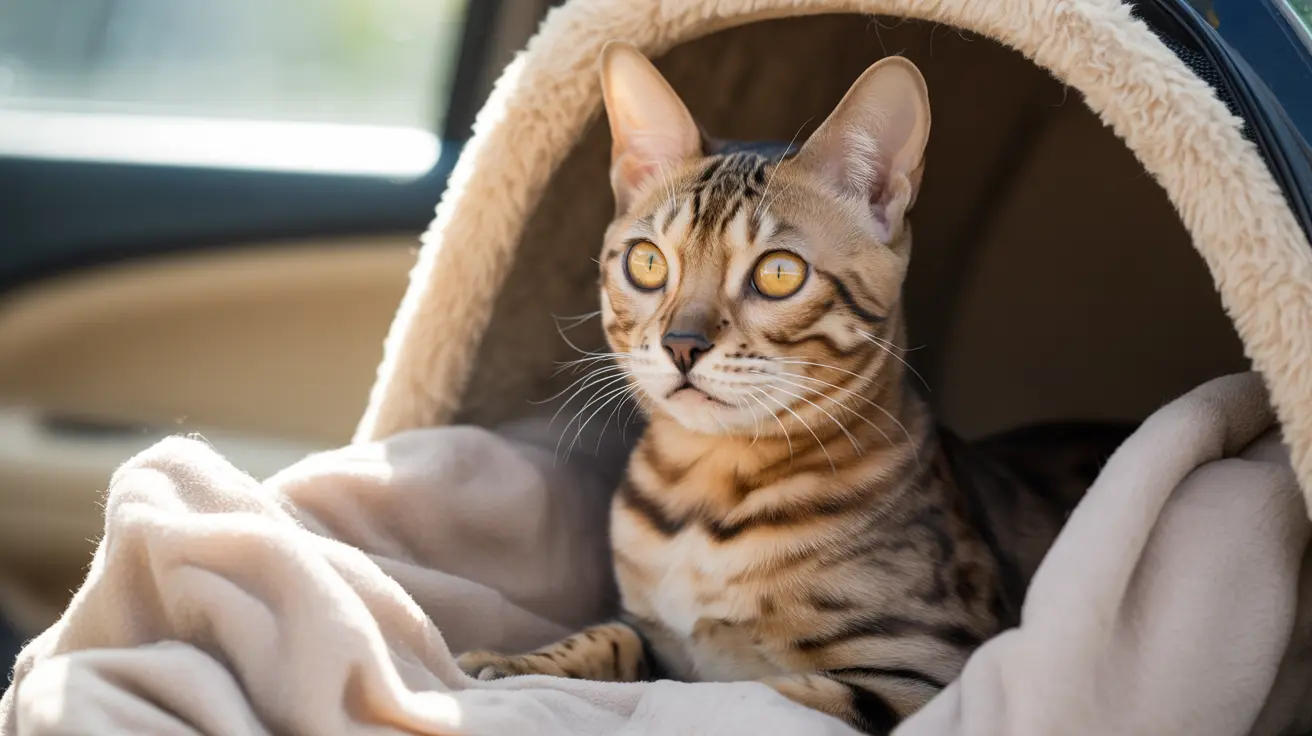How to Keep a Cat Away from a Dragon Tree
Dracaena plants, commonly known as
dragon trees, are popular houseplants due to their striking appearance and easy maintenance. However, they pose a significant risk to household pets, particularly cats. Dragon trees contain
saponins, compounds that are toxic to felines. Ingestion can result in symptoms such as
drooling, vomiting, diarrhea, abdominal pain, weakness, and lethargy. Since there is no specific antidote for saponin poisoning, prevention is essential.
Why Are Dragon Trees Dangerous to Cats?
The toxicity of dragon trees originates from saponins found in various species of
Dracaena, including the
Dracaena marginata and
Dracaena fragrans. These compounds can greatly irritate a cat’s gastrointestinal system and affect its nervous system.
Common symptoms of dragon tree toxicity include:
- Excessive drooling
- Vomiting and diarrhea
- Lethargy and depression
- Loss of appetite
- Dilated pupils
- Unsteady walking and lethargy
Immediate Steps if Your Cat Ingests Dragon Tree
If you suspect your cat has chewed on or ingested any part of a dragon tree:
- Contact your veterinarian immediately — do not wait for symptoms to worsen.
- Do not induce vomiting without veterinary advice, as it may cause further harm.
- Provide supportive home care by keeping your pet hydrated and monitoring for symptoms until you can reach a vet.
Treatment usually includes fluids to prevent dehydration, pain relief, and anti-nausea medications. Thankfully, most cats recover fully with prompt care.
Preventing Your Cat from Accessing a Dragon Tree
Keeping your cat safe from dragon tree toxicity involves a combination of physical deterrence, behavioral redirection, and household adjustments:
1. Relocate the Plant
- Place the dragon tree in a room your cat doesn’t frequent.
- Use hanging baskets or high shelves that cats cannot climb.
2. Use Pet-Safe Deterrents
- Apply citrus-scented sprays — most cats dislike lemon or orange smells.
- Use commercial deterrent sprays that are non-toxic and safe for pets.
- Place double-sided tape or aluminum foil near the base to discourage cats from approaching.
3. Provide Alternatives
- Give your cat safe, non-toxic plants like cat grass or catnip.
- Provide interactive toys and puzzles to distract and occupy their curiosity.
4. Monitor and Train
- Supervise your cat’s behavior around houseplants.
- Use positive reinforcement to redirect attention from forbidden greenery to safe toys or treats.
Other Plants Toxic to Cats
Dragon trees are among several common plants that are toxic to felines. Pet owners should remain vigilant and avoid bringing these into a home with cats:
- Asparagus fern
- Corn plant (another Dracaena species)
- Dieffenbachia
- Elephant ear
- Easter and stargazer lilies
- Cyclamen
- Philodendron
- Jade plant
- Satin pothos
- Mistletoe cactus
Each plant presents unique dangers, ranging from gastrointestinal upset to kidney failure. If in doubt, consult with a veterinarian or refer to databases such as the ASPCA’s list of toxic plants.
Can a Dragon Tree Recover After Cat Damage?
If your cat has chewed or stripped the leaves of a dragon tree, the plant can often recover if the root system and main stems are intact.
Recovery tips include:
- Stop watering until the soil has dried.
- Place the plant where it gets bright, indirect light.
- Avoid drafts and temperature extremes.
- Prune damaged or dead leaves with sterilized tools.
Propagation through stem cuttings can yield new plants if the parent tree suffers irreversible damage.
Final Thoughts
Cats and dragon trees do not mix. Prevention is the most effective strategy to avoid potentially serious health concerns. By keeping your dragon tree out of reach, providing alternatives, and recognizing symptoms early, you can maintain both a beautiful home and a healthy, happy pet. Always contact your veterinarian at the first sign of toxicity. Resources like the
ASPCA Poison Control and
Pet Poison Helpline are also invaluable in emergencies.





